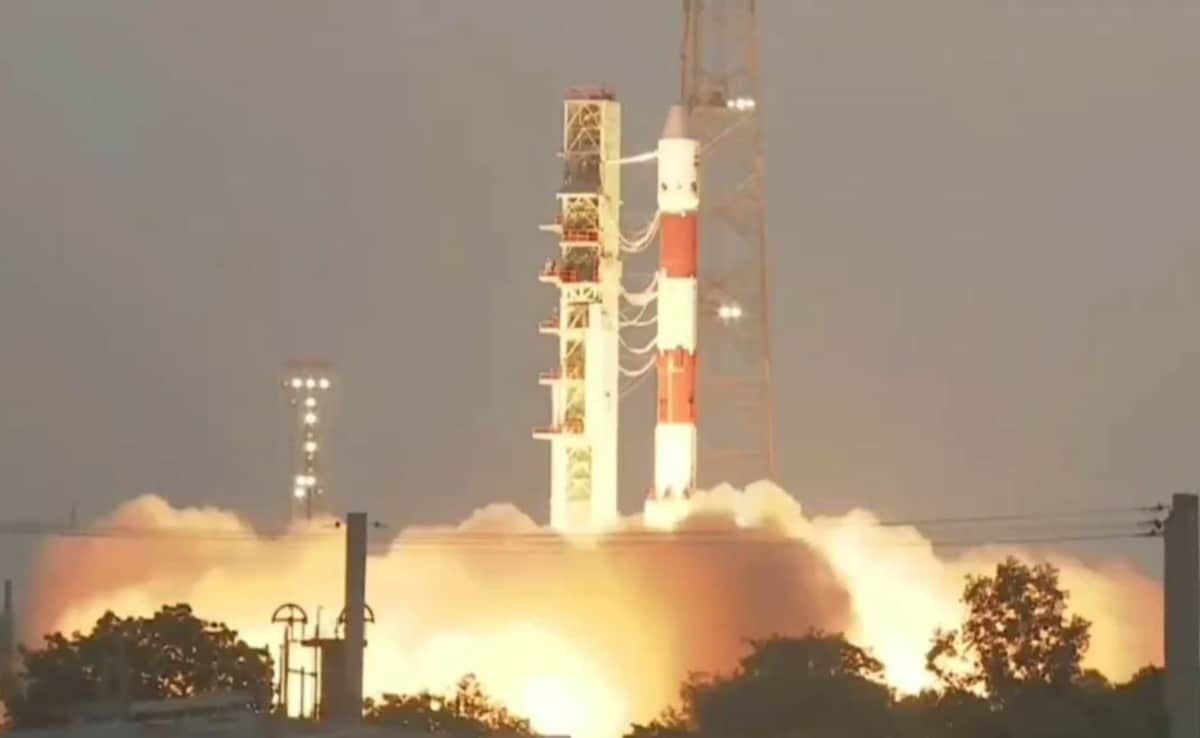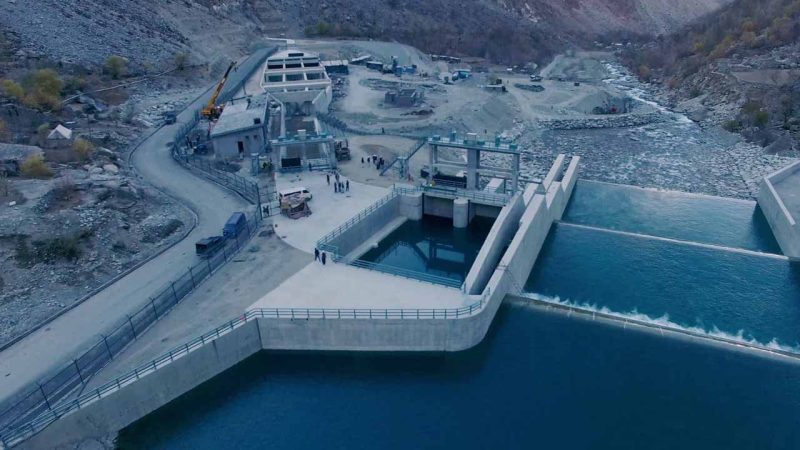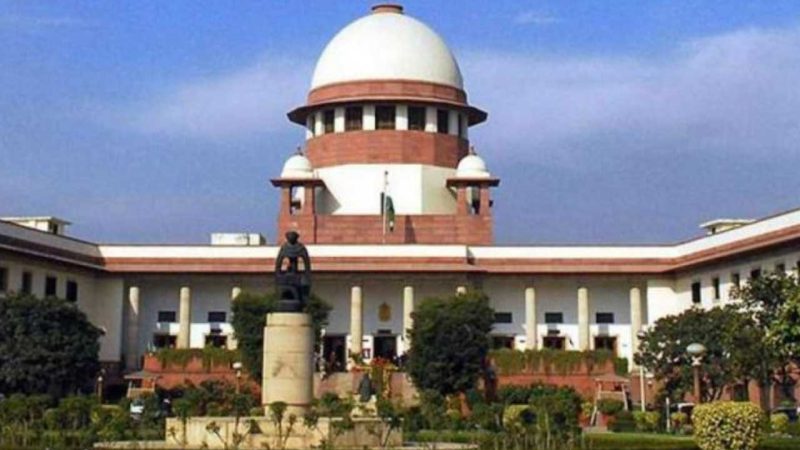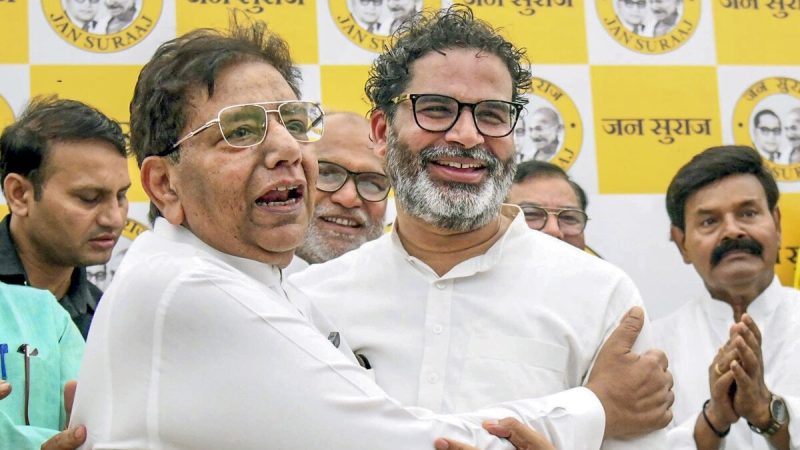'Misbehaviour' By Rocket Motor Failed ISRO's EOS-9 Satellite Launch. What Next

The ‘misbehaviour’ of the rocket motor may have contributed to the failure of the Indian Space Research Organisation’s (ISRO) workhorse rocket on its 63rd flight, experts suggest. ISRO’s 63rd Polar Satellite Launch Vehicle (PSLV) launch to place into orbit the EOS-9 surveillance satellite could not be accomplished after PSLV-C61 encountered anomalies in the third of its four stages.
The PSLV-C61 was travelling at a phenomenal 20,160 km per hour – about 28 times the speed of an airplane – when some 888 km downrange from Sriharikota over the Indian Ocean, it tumbled down 6.26 minutes into its nearly 18-minute flight.
Advertisement – Scroll to continue
Experts say the third stage did not explode, as speculated. In fact, as the rocket coasted along while losing altitude and thrust, even the fourth stage was probably ignited. It is still being analysed why the rocket motor “misbehaved” 100 seconds after it ignited the third stage.
The rocket debris and the satellite today rests deep inside the Indian Ocean. Usually, ISRO tries to recover the debris for hardware failure analysis but the deep depths of the Indian Ocean pose a challenge.
“Today, we targeted the 101st launch from Sriharikota, the PSLVC6-1 EOS-09 mission. The PSLV is a four-stage vehicle and up to the second stage, the performance was normal. The third stage motor started perfectly, but during the functioning, we are seeing an observation and the mission could not be accomplished,” ISRO Chairman V Narayanan said after the unsuccessful launch.
Mr Narayanan said there was a “fall in the chamber pressure of the motor case”.
“We are studying the entire performance. We shall come back at the earliest,” he added.
Experts suggest that on the third stage of the rocket motor, there are two vulnerable points – a nozzle at the bottom and the Kevlar joint and sheathing at the top. It seems hot gases from the burning Hydroxyl-terminated polybutadiene (HTPB) fuel entered some sensitive areas and caused the failure.
Dr G Madhavan Nair, former Chairman of ISRO, said he was “shocked and surprised that the solid-fuelled rocket motor with an enviable record of 62 successive launches failed like this”. Dr Nair, a rocket specialist who played a key role as project director in mastering the PSLV rocket, estimates that a “possible rupture in the fibre casing of the nearly 8-tonne rocket motor could have been the cause of the failure”.
Dr Nair also suggested a quality control or check-out lapse.
All About Earth Observation Satellite-9 (EOS-9), On Board PSLV-C61
On board the rocket was the Earth Observation Satellite-9 (EOS-9), designed to provide continuous and reliable remote sensing data for operational applications across various sectors. Had it been placed into orbit 500 km above the Earth’s surface, it would have enhanced India’s surveillance capabilities days after India-Pakistan hostilities. Its replacement will take a few years to build.
Though EOS-9 couldn’t be put into orbit, four radar satellites and eight Cartosats continue to maintain vigil. EOS-9, however, had the capability to continue surveillance in all-weather conditions and at night because of its Synthetic Aperture Radar (SAR). Apart from maintaining a hawk’s eye along India’s borders, it would have been vital for applications ranging from agriculture and forestry monitoring to disaster management, urban planning and national security.
ISRO’s EOS-9 Satellite Launch Failed. What Next
In 63 launches, the PSLV has failed just four times. With a success rate of over 94 per cent, PSLV is considered a highly reliable rocket.
On its last launch on December 30, 2024, it gave India the highly challenging SpaDex mission. Earlier, on December 5, 2024, it gave a precise launch to the European Space Agency on its Proba-3 satellite mission.
Usually, an internal ISRO ‘failure analysis committee’ is established, which delivers its findings in a time-bound manner. Occasionally, if the government desires, an external failure analysis committee comprising non-ISRO experts also looks into such setbacks. ISRO usually does not take insurance for its missions as the sovereign government takes the liability.
“ISRO always does thorough failure investigation and fixes the problems,” says Dr Abhay A. Pashilkar, Director of the National Aerospace Laboratories (NAL), Bengaluru, who has been part of some of these committees.
The current ISRO chairman, a rocket specialist, headed the committee that fixed the problem encountered in the lander of Chandrayaan-2. When it was fixed, ISRO bounced back with a highly successful Chandrayaan-3 mission.
In the past the committee reports were made public, but in recent times, they have been kept under wraps. This, from an agency where even the junior most engineer has the liberty to question the chairman of ISRO on technical grounds.
At least six critical missions are lined up for the PSLV, including the first non-ISRO-manufactured PSLV rocket spearheaded by a consortium of L&T and Hindustan Aeronautics Limited (HAL). It could be impacted by some delays.
ISRO is not deterred by the setback. Former ISRO Chairman Dr S Somanath is confident the space agency will soon dissect the anomaly and chalk out a way forward.
Experts say ISRO has the tenacity to bounce back very quickly from yesterday’s setback.
“I am aware of the formidable challenges we faced during the development of the third-stage solid motor — an endeavour marked by multiple failures. It is indeed unusual to witness such anomalies resurfacing at this stage. Nevertheless, I have complete confidence that the team will identify the root cause both swiftly and effectively,” Dr Somanath said.
“Over the years, such challenges have only strengthened our conviction that failure is never defeat, but rather a formidable tutor. Every towering success of ISRO has been forged in the crucible of adversity — shaped by lessons deeply learnt and courageously applied.”






